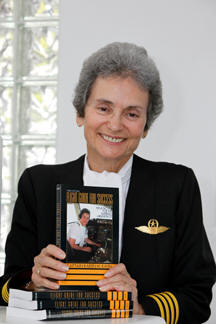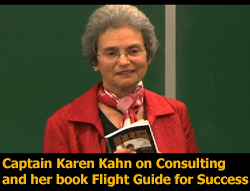That’s
the watchword for aviation. As a professional pilot for over 36 years, I've always read all the accident
reports trying to absorb the pertinent details for use in flight and on the
ground. I even keep a list of “gotchas”
to remind me, in the heat of battle, to pay attention to seemingly small
details which can lead to disaster.
While cleaning up a seemingly minor spill during a routine flight from Houston to LAX my own clumsiness made me remember the tragedy that resulted from a
spilled cup of coffee on the instrument pedestal (“Fate is the Hunter” by Ernie
Gann) when I fumbled my water bottle
squirting liquid over a panel that controls our map display. It made a mess of my screen, crowding the
display with unwanted GPS fixes as
we descended into the LAX metro area.
Upon landing I called our maintenance techs and ‘fessed up, describing
my faux pas and the type of liquid involved. such details can be of real importance in helping the tech staff fix problems that can be, if the substance involved contains sugar, a major headache.
More
recently, I asked for more fuel for a particular flight and :15 later realized
I’d read the flight plan wrong, mistaking one number for another. I quickly cancelled my request for additional
gas which saved everyone time, money and hassles.
As
a Critical Incident Response Volunteer (CIRP), I’ve heard many stories that
crowd my brain whenever a similar situation arises, from not ensuring that the
push tug is well clear of the airplane before we begin to taxi to ignoring a
little “pop” noise from a circuit breaker.
Mess
up? Fess up. That’s the corollary to
“learn from the mistakes of others.” Hiding
mistakes can be deadly and given the immense amount of brownie points we get
from admitting them, there’s no reason not to use them as learning tools.
Mistakes can be your best friends if you’ll learn quickly from them and use the
knowledge wisely in the future.





